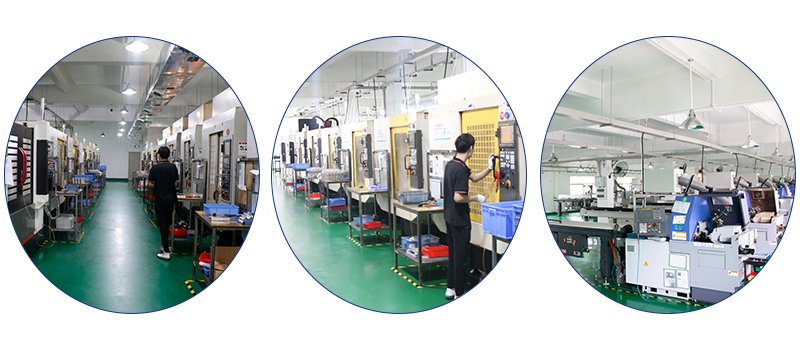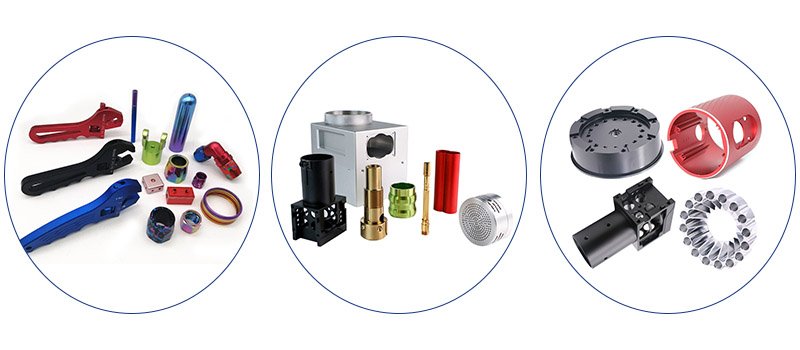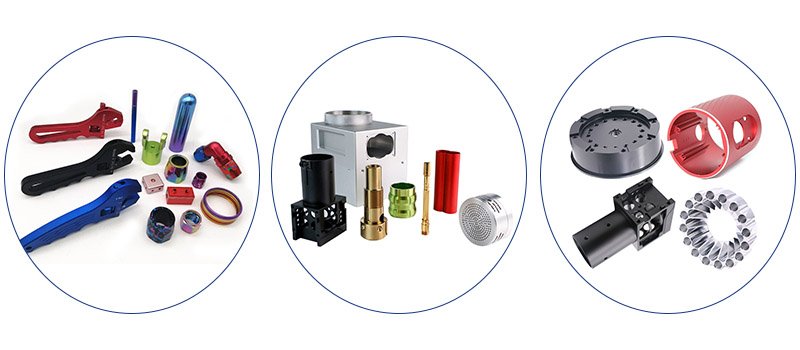The manufacturing industry is evolving at lightning speed. In recent years, I’ve seen CNC machining and 3D printing—two groundbreaking technologies—merge in ways that are transforming how we produce parts and prototypes. At YL-Machining, we’ve been at the forefront of integrating these techniques, and I’m excited to share insights into how their combination is shaping the future of manufacturing.
If you’ve ever wondered whether CNC machining and 3D printing can complement each other, the answer is a resounding yes. Let’s dive into why these technologies work so well together, their combined benefits, and what the future holds for hybrid manufacturing.
CNC Machining vs. 3D Printing: A Quick Recap
Before we explore their synergy, let’s review what makes these technologies distinct yet complementary:
- CNC machining: A subtractive process that removes material from a solid block using precise tools. Known for its accuracy, strength, and material versatility.
- 3D printing: An additive process that builds parts layer by layer from digital models. Famous for creating complex geometries and lightweight structures quickly.
Both methods have unique strengths, but their limitations often overlap. Combining them can address these shortcomings and unlock new possibilities.
How CNC Machining and 3D Printing Complement Each Other
1. Precision Meets Complexity
CNC machining is unmatched in precision, achieving tolerances as tight as ±0.01 mm. However, it struggles with intricate geometries like internal channels or lattice structures. This is where 3D printing shines, easily creating complex designs that machining alone cannot handle.
By starting with a 3D-printed base and refining it using CNC machining, you can achieve highly detailed parts with exceptional accuracy.
2. Material Flexibility
CNC machining supports a wide range of materials, including metals, plastics, and composites. On the other hand, 3D printing excels with lightweight polymers and specialized resins. Combining both methods allows you to select the best material for each stage of production.
For example:
- Use 3D printing for rapid prototyping or lightweight structural components.
- Apply CNC machining for functional parts requiring high strength or tight tolerances.
3. Cost and Time Efficiency
3D printing is excellent for reducing upfront costs, especially for prototypes or small-batch production. CNC machining, while more expensive initially, becomes cost-effective for larger runs. Together, they strike a balance between minimizing costs and maximizing efficiency.
Imagine printing a near-net-shape part and finishing it with CNC machining. This hybrid approach reduces waste, speeds up production, and ensures quality.
Benefits of Combining CNC Machining and 3D Printing
Enhanced Design Freedom
With 3D printing’s ability to create intricate shapes and CNC machining’s precision, manufacturers are no longer constrained by traditional design limitations. Engineers can now explore innovative solutions, combining aesthetics and functionality seamlessly.
Improved Surface Finish
While 3D printing often leaves visible layer lines, CNC machining smooths surfaces to perfection. This combination is ideal for parts requiring both visual appeal and functional performance.
Hybrid Manufacturing for Prototypes and End-Use Parts
One of the biggest advantages I’ve seen is the ability to prototype and produce end-use parts faster. For example:
- A 3D-printed prototype can be tested for form and fit.
- CNC machining refines the final version, ensuring durability and precision.
Reduced Waste
3D printing minimizes material use during initial creation, while CNC machining refines only where needed. This hybrid approach reduces waste, making it a more sustainable option for manufacturing.
Real-World Applications of Hybrid Manufacturing
Aerospace and Automotive
In industries where weight reduction and precision are critical, hybrid manufacturing is making waves. 3D printing creates lightweight structures, while CNC machining ensures critical components meet stringent specifications.
Medical Devices
For custom implants or surgical tools, 3D printing offers rapid customization, while CNC machining ensures biocompatibility and exact dimensions.
Consumer Products
From high-end watches to electronics, hybrid manufacturing enables brands to achieve premium finishes and intricate designs that were previously impossible.
Challenges of Combining CNC Machining and 3D Printing
While the benefits are clear, integrating these technologies isn’t without challenges:
- Equipment Costs: Investing in both CNC machines and 3D printers can be expensive. However, the long-term ROI often justifies the expense.
- Material Compatibility: Transitioning from 3D printing to CNC machining requires materials that can withstand both processes.
- Skilled Operators: Running a hybrid workflow demands expertise in both machining and printing. At YL-Machining, our team is trained in both disciplines to ensure seamless integration.
The Future of Hybrid Manufacturing
The future of manufacturing lies in collaboration between CNC machining and 3D printing. Advances in software, materials, and machine capabilities are making hybrid workflows more accessible than ever.
Emerging Trends
- Integrated Machines: Hybrid CNC-3D printers are already hitting the market, combining additive and subtractive processes in a single setup.
- Smarter Software: AI-driven design tools are optimizing parts for hybrid manufacturing, balancing cost, weight, and strength.
- Sustainability: As industries push for greener practices, hybrid manufacturing’s waste-reducing potential will play a significant role.
How YL-Machining Leads the Way
At YL-Machining, we believe the future of manufacturing lies in harnessing the strengths of both CNC machining and 3D printing. Here’s how we help our clients embrace hybrid solutions:
- Comprehensive Services: From 3D printing prototypes to CNC-machined final parts, we handle every step in-house.
- Material Expertise: We guide you in selecting materials that work across both processes.
- Custom Solutions: No two projects are the same. We tailor hybrid workflows to meet your specific needs.
Final Thoughts
CNC machining and 3D printing are no longer competitors—they’re allies in creating the next generation of manufacturing solutions. By combining their strengths, you can achieve precision, speed, and cost-effectiveness that were previously out of reach.
If you’re ready to explore hybrid manufacturing for your next project, contact YL-Machining. Let us help you bring your designs to life with the perfect balance of technology and craftsmanship.
Get in Touch Today
Partner with YL-Machining to experience the future of manufacturing. Reach out for a consultation and a free quote on your next hybrid project!







